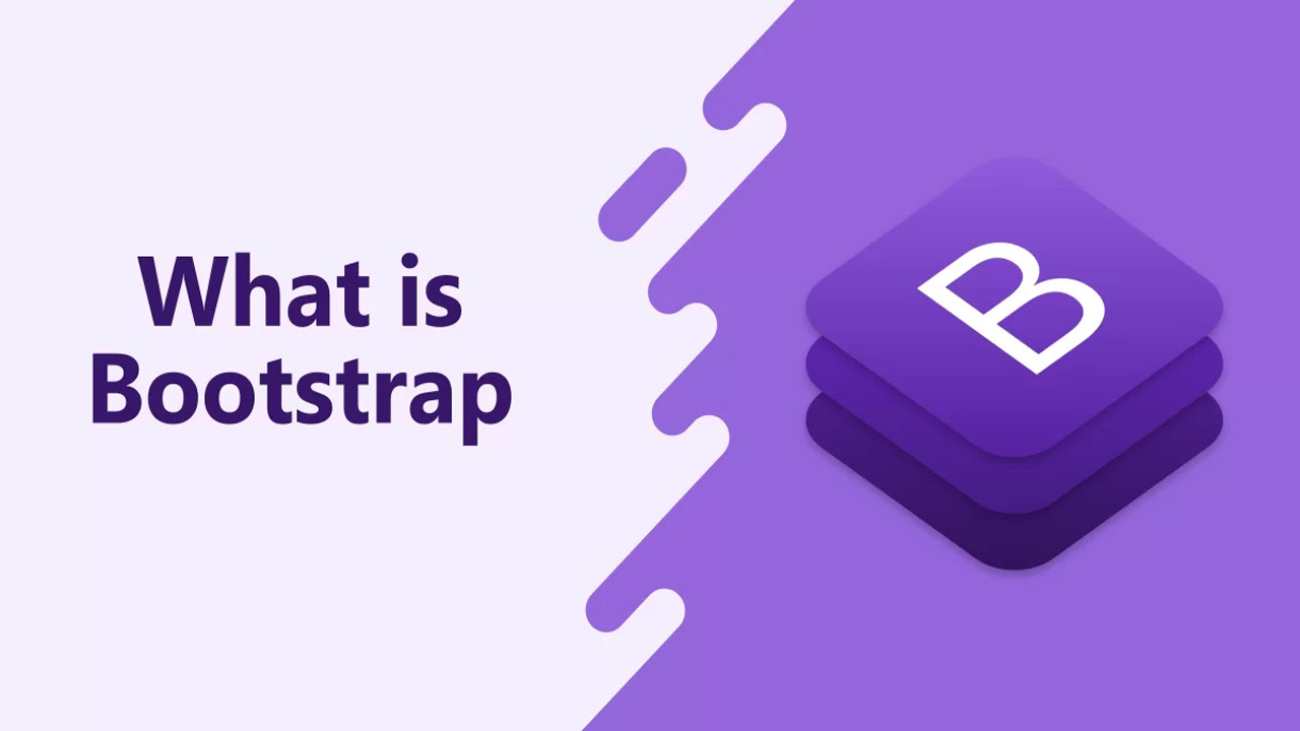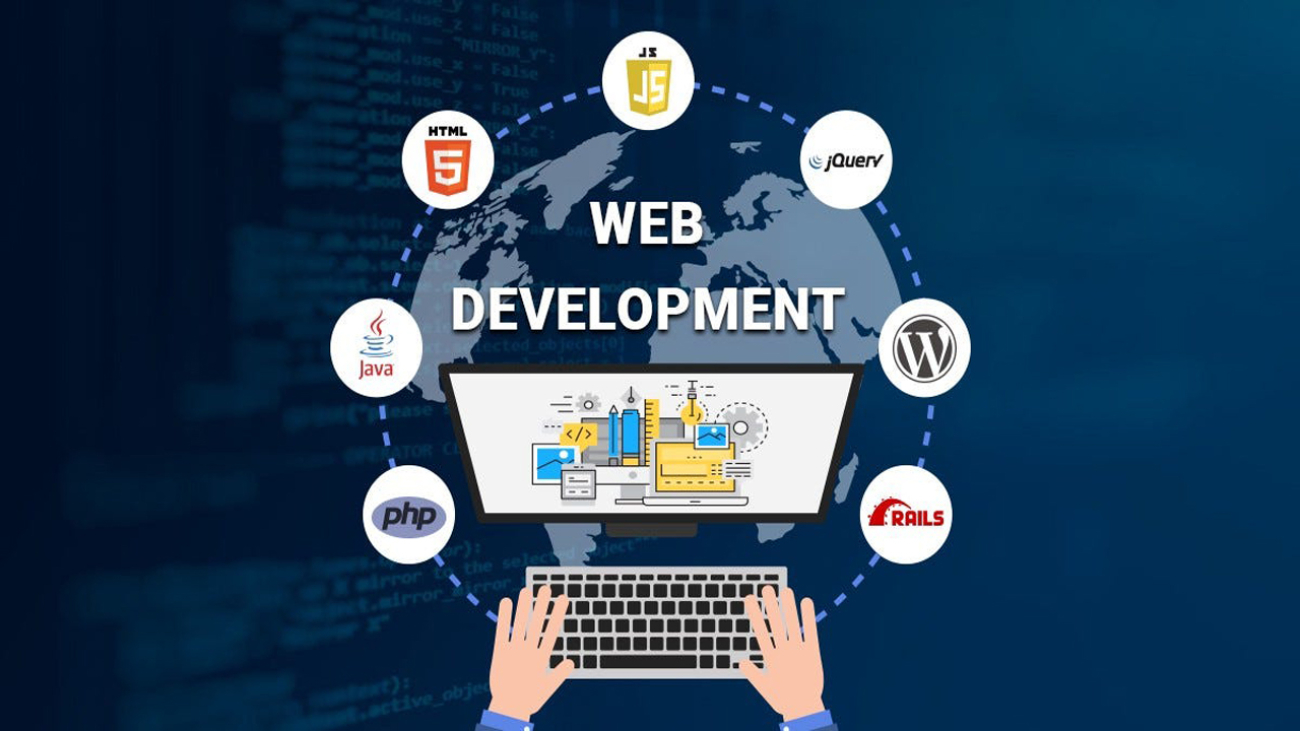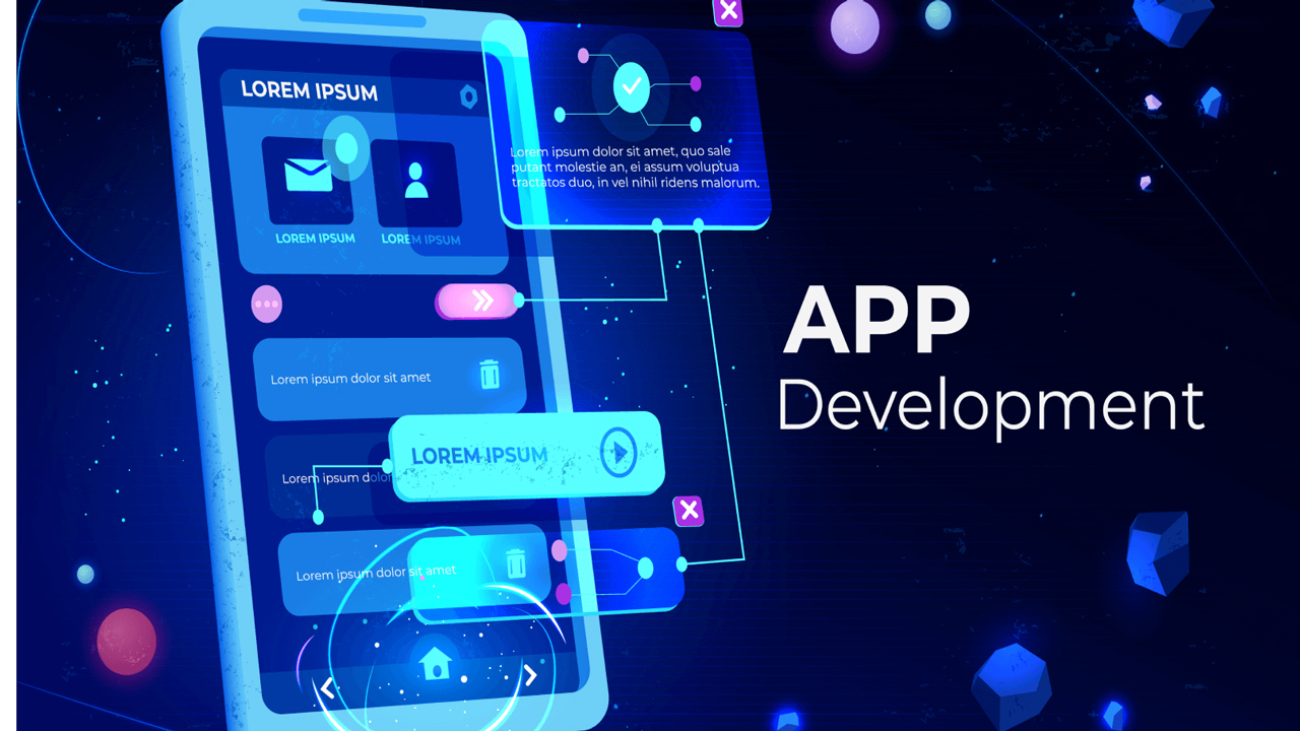WordPress is a versatile and user-friendly content management system that has become the cornerstone of millions of websites across the globe. Born out of a commitment to democratize publishing, WordPress empowers individuals, businesses, and organizations to create, manage, and share their digital presence with ease.
With an intuitive interface and a powerful yet simple framework, WordPress allows users of all skill levels to manage and update their websites effortlessly. From blogs and business websites to e-commerce platforms and beyond, WordPress offers a wide range of themes, plugins, and customization options to tailor websites to specific needs. As an open-source project, WordPress thrives on community collaboration. Developers, designers, and users worldwide contribute to its growth, ensuring continuous innovation and improvement.WordPress is designed with search engine optimization (SEO) in mind, providing tools and features that help websites rank higher on search engine results pages. Whether you’re starting with a simple blog or building a complex web application, WordPress scales to meet the demands of diverse projects. With a commitment to security, WordPress regularly releases updates and features that prioritize the protection of websites and user data.WordPress has transcended its origins as a blogging platform to become the backbone of a diverse array of websites, from personal blogs to corporate portals. Its flexibility, coupled with a robust ecosystem of themes and plugins, has contributed to its widespread adoption.
WordPress is suitable for a broad spectrum of web projects, offering solutions for various industries and purposes. Join a global community of developers, designers, and users who actively contribute to forums, support, and the ongoing development of the platform. Join a global community of developers, designers, and users who actively contribute to forums, support, and the ongoing development of the platform. As an open-source solution, WordPress is cost-effective, making it an ideal choice for startups, small businesses, and individuals. WordPress is suitable for a broad spectrum of web projects, offering solutions for various industries and purposes. Join a global community of developers, designers, and users who actively contribute to forums, support, and the ongoing development of the platform. Join a global community of developers, designers, and users who actively contribute to forums, support, and the ongoing development of the platform. As an open-source solution, WordPress is cost-effective, making it an ideal choice for startups, small businesses, and individuals. Whether you’re a seasoned developer, a business owner, or a blogger, WordPress invites you to join a community that believes in the power of the web to connect, inform, and inspire.







